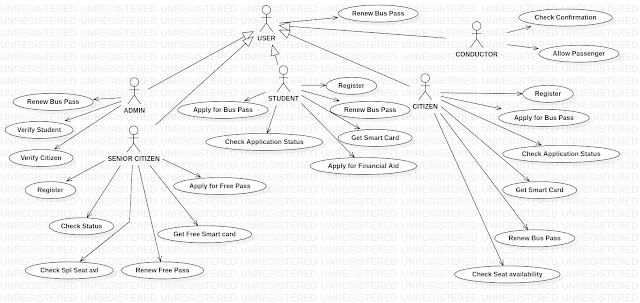Slight coverage of interface design of SMART A/C
INTRODUCTION
In
this work, a smart Air Conditioner scheme is proposed and its adaptation to a
Smart Home system is presented. Firstly, working principles of conventional Air
Conditioner and the proposed smart Air Conditioner are explained and compared.
The smart Air Conditioner is developed in order to enable a good general view
of the operation of the smart-Air Conditioner and its adaptation to Smart Home.
Experimental results demonstrate that the proposed scheme provides a
significant savings in electricity bills as well as improving user comfort.
PROBLEM
STATEMENT
Today
air conditioners are coming with more advanced features. But there are some
drawbacks for the people. In this paper we have given some solution for that
problem. It is very useful for the users those are not understand the product
very well.
PRODUCT
DESCRIPTION
Smart air conditioners are air
conditioners that are connected to the internet and are thereby controllable
through your smartphone, both inside your home and outside. It’s just one of
the many appliances to join the ‘Internet of things’ – appliances connected to
the internet for maximum controllability and convenience. Smart air
conditioners afford you that luxury, and it’s an exciting step forward.
Functionalities and sub
functionalities of Smart A/C:
- Smartphone app to access all settings
- Controllable temperature and fan speed settings
- Controllable timer
- Control settings away from home, so you can come home to a frosty house after a day out
Think of it like a remote
thermostat. If it’s a stifling-hot day, the last thing you want to do is come
home to a hotbox of a house. With remote controllability through your
smartphone, you can press a few buttons while still in the office or your
workplace, and come home to an adequately-chilled home fine-tuned to your exact
specifications.
Not only this, if you forget to turn
the air con off before leaving the house, you can just fire up your smartphone
and turn it off to prevent nasty electricity bills. So now that you’ve got the
basics, you might be interested to see what brands offer smart air conditioners
– there are a lot out there!
TARGET CUSTOMERS
· PHYSICALLY
CHALLENGED (particularly blind)
· SENIOR
CITIZENS
LIMITATIONS OF THE PRODUCT
· In
the Smart A/C because of more functionalities (buttons) it is very confused to
use for the senior citizens. The product became more complex to use for them.
· Nowadays
A/C’s are coming with small screen displays. It is very difficult for the
senior citizens and physically challenged people. Senior citizens people can’t
be able to view clearly.
· For
senior citizen they don’t have previous experience using such kind of advanced
technology they don’t have much knowledge about the product.
· For
physically challenged people it is impossible to use the product if they lost
their hands and eyes.
SOLUTIONS
· Reduce
the functionalities with the same features. It can reduce the memory load of
the user. So they don’t need to memory the functionalities of the system. For
example testing button is unnecessary feature it can be removed.
· Detailed
design is important for every product. Instead of specifying the feature name
in the form of text give in the image form is better. It is very useful for the
senior citizen. Suppose they don’t know language with help of image they can
understand the features.
· For
physically challenged people they can use their voice to operate the product.
Voice sensor is used. They can give instructions for controlling the
temperature and etc.
· Increase
the size of the screen.
FUTURE WORK
In future we modify the
functionalities of the Smart A/C with the additional features using IoT which
is very useful for the senior citizens, physically disabled peoples.



Comments
Post a Comment